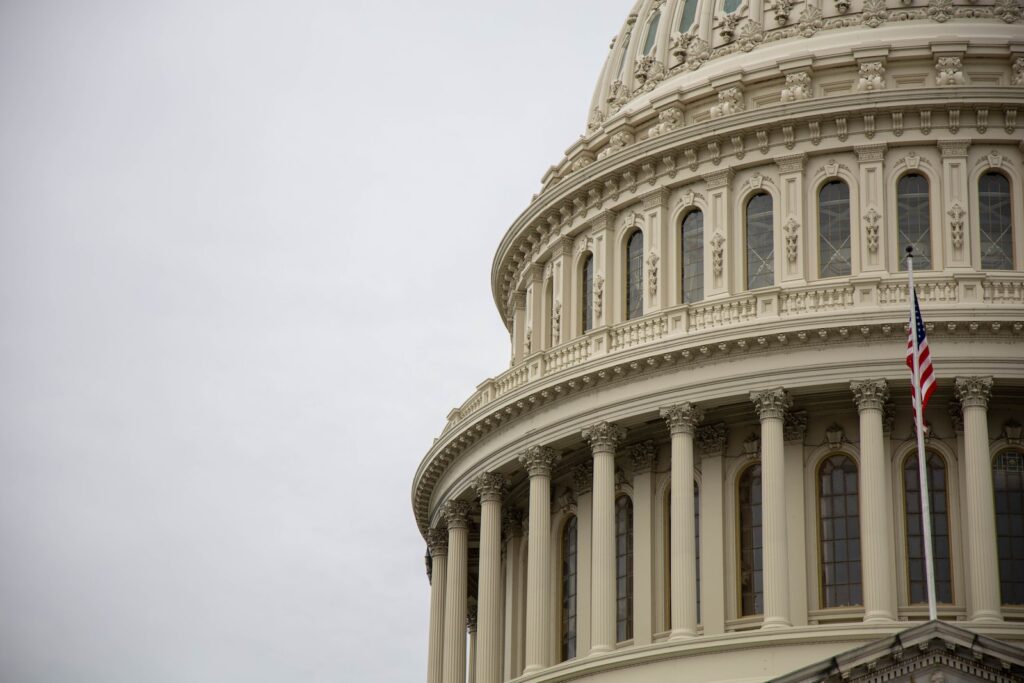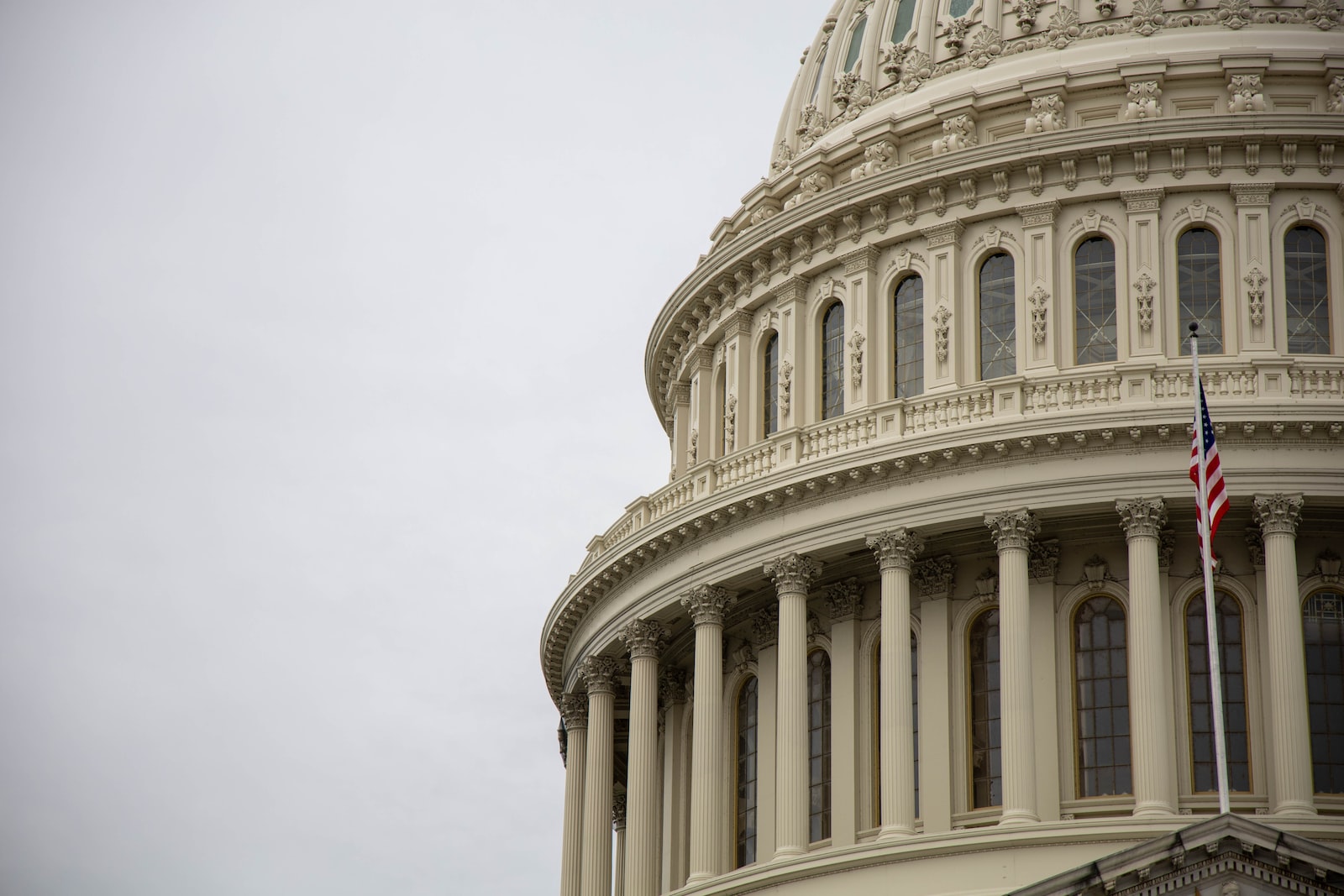
I mounted a blitz of phoning, emailing, and writing letters before the end of the last Congress! But I did not get the two awful bills repealed that steal from teachers. Yet!
Here’s the situation you should pay attention to if you’ve ever worked in a job that collected Social Security from your paycheck, but are now teaching public school. Or if you’ll take a second job to supplement your income as a public school teacher sometime in the future. Or if you’ll quit teaching altogether and take a different job.
Any of those scenarios at this point will lead to the outright financial theft at retirement. Unless we can get Congress to repeal the two severe penalties allowing this to happen: WEP and GPO.
Congress uses teachers’ Social Security payments to balance the fund for all other retirees, including themselves.
What’s WEP and GPO?
You’ll get penalized by your government in retirement for teaching in the public schools. Why? Because you’re classified as a government employee and public servant. Thus, any of that money you were forced to put into your state teacher retirement fund will count against you! You, unlike Congress and other retirees, are not allowed to collect fully from both Social Security and your pension.
WEP – Windfall Elimination Provision — how do you like the name of that? The pension and Social Security you’ve paid into are called a “Windfall” since you’re a public school teacher (or policeman or fireman) — but not for other retirees or Congress!
GPO – Government Pension Offset — takes away a substantial amount from your spouse upon your death, leaving them close to destitute.
It sounds awful, I know. But wait til you experience it (in fact you may soon if you live in states that add their own cut to your Social Security in addition to the federal government already taxing it: Colorado, Connecticut, Kansas, Minnesota, Missouri, Montana, Nebraska, New Mexico, Rhode Island, Utah, Vermont)
Then on top of that, public school teachers are penalized for having the pension from their state system — forced to pay into it, but did not pay into Social Security during those years. But you need it all! All two million of us who are affected by these deplorable penalties.
Congress doesn’t allow teachers to collect their full retirement that they’ve put into the system
Right now, both my husband and I who served for a number of years in public schools, each have about a third of our Social Security taken away EVERY MONTH. I don’t know the exact formula that the governement uses to rob us, but it’s high. This is money we paid into the system every paycheck when we worked in jobs that collected Social Security. Or, when we taught in public school, money was taken from those paychecks by the state retireiment system. You don’t have any choice about this, friends. It’s removed before you ever see it.
And what’s the promise you’ve been told over the years? You get it back when you retire.
But you don’t! And even though all your congressional representatives know there is a very high penalty you’ll pay for teaching in the schools for the rest of your life, nobody tells you about it. They encourage you to teach. Some states may even raise their base salaries. And then you, my innocent, do-good friend (and I include us in that description), will be used to balance off the Social Security payment of 65 million fellow retriees. Yep, it’s just shocking. My government owes me for all these months of skimming our retirement pay. Not just me, but all retired teachers who had to pay into both systems. And have suffered for it.
Contact your elected officials
Protest this unfair practice! Stick up for your retirement!
It got very close to a vote. I heard there were over 300 Congressmen/women in favor of it in the 117th Congress, so how did it not pass? But now the Texas and Illinois Republicans leading that charge are out of Congress! So, the effort begins again. But there are about 128 co-sponsors. Make sure your US Representative is one of them! It’s bipartisan with the new leaders picking up the effort – Garret Graves, R-LA and Rep. Abigail Spanberger, D-VA.
Now in the Senate, Sherrod Brown D-Oh has reintroduced the Social Security Fairness Tax. AGAIN!
Friends, guess who has been elevated to the Chairman of the Senate Education Committee? Bernie!
House of Representatives – www.house.gov
Senators – www.senate.gov
The huge disparity between how Congress treats your retirement and their own
Let this article from Investopedia.com breakdown the Congressional pension windfall for you. It’s quite disgusting that they knowingly created their generous benefits for life (80% of their salaries) offset by our meager retirements to balance Social Security benefits for everyone else. Now, these are ten-year-old figures, but it highlights one part of the problem.
Overview of Congessional retirement plans
“Many Americans struggle to save for retirement. Funding for employee pension programs, both public and private, can also be challenging. While many are facing lots of uncomfortable realities—elected representatives and senators in the United States Congress still receive envious pension benefits for life. Retirement pay for Congress is not normally a big election-year issue, but it might serve as evidence of a disconnect between lawmakers and mainstream America.
The median net worth for a member of Congress surpassed $1 million in 2013, where it remained through 2018 (note: now what is it in 2023?!). This compares to the average American household median net worth of $94,670 according to 2016 Census data.[1] As reported by the Center for Responsive Politics, “it would take the combined wealth of more than 18 American households to equal the value of a single federal lawmaker’s household.” Entering 2019, less than 10% of U.S. households could be classified as millionaires, compared to more than 50% of the members of Congress.[2] [3]
Congressional members are eligible for their own unique pension plans under the Federal Employees Retirement System (FERS), though there are other retirement benefits available, ranging from Social Security and the Civil Service Retirement System (CSRS).[4] Currently, members of Congress are eligible for a pension dependent on the member’s age at retirement, length of service, and salary.[5]
The pension value can be up to 80% of the member’s final salary.[6 ] Since 2009 Congressional pay has been $174,000 per year, which, at an 80% rate, equates to a lifelong pension benefit of $139,200.[7] All benefits are taxpayer-funded.
Additionally, members of Congress enjoy the same Thrift Savings Plan (TSP) as all other federal employees, which is similar to a 401(k).[8] (Note: teachers are not classified as federal employees, but government workers) More taxpayer funds are used to match Congressional contributions up to 5% per year, in addition to an extra 1% giveaway regardless of how much the congressman or congresswoman contributes, if anything.[9] Because members of Congress earn far more than the average American citizen, their initial Social Security benefits average just under $26,000 per year compared to $17,652 for the average retired worker in 2019.[10] [11]
Few private employees have the option to contribute to an employer-sponsored defined benefit pension plan. Most have the option to contribute to a 401(k) or 403(b), while others may contribute to an employee stock ownership plan (ESOP) or some other retirement option. The median benefit for private pensions and annuities is approximately $10,000 per year.
For those receiving Social Security and a private pension, the median income was between $30,000 and $35,000 per year. (note: but only teachers, police, and firemen are not allowed to collect their full pensions though we are pillars supporting communities) [12]. As far as other retirement assets, research from the Federal Reserve in 2013 found that the median retirement account balance was $59,000 and the mean balance was $201,300. [13]”
Note: https://www.investopedia.com/articles/markets/080416/how-congress-retirement-pay-compares-overall-average.asp
- U.S. Census Bureau. “Net Worth of Households: 2016.”
- Spectrem Group. “Press Release – Spectrem Group’s 2019 Market Insights Report Reveals 10th Consecutive Annual Increase in Wealthy American Households – March 12, 2019.”
- Center for Responsive Politics. “One Member of Congress = 18 American Households: Lawmakers’ Personal Finances Far From Average.“
- U.S. Office of Personnel Management. “FERS Information.”
- U.S. Office of Personnel Management. “Eligibility.”
- U.S. Office of Personnel Management. “Frequently Asked Questions.“
- United States Senate. “Senate Salaries since 1789.“
- Thrift Savings Plan. “TSP: Purpose and History.”
- Thrift Savings Plan. “Types of Contributions: Agency/Service Automatic (1%) Contributions.”
- Social Security Administration. “Social Security Quick Calculator.”
- Social Security Administration. “Fact Sheet.”
- Pension Rights Center. “Income From Pensions.”
- Board of Governors of the Federal Reserve System. “Changes in U.S. Family Finances from 2010 to 2013: Evidence from the Survey of Consumer Finances,” Page 17.


